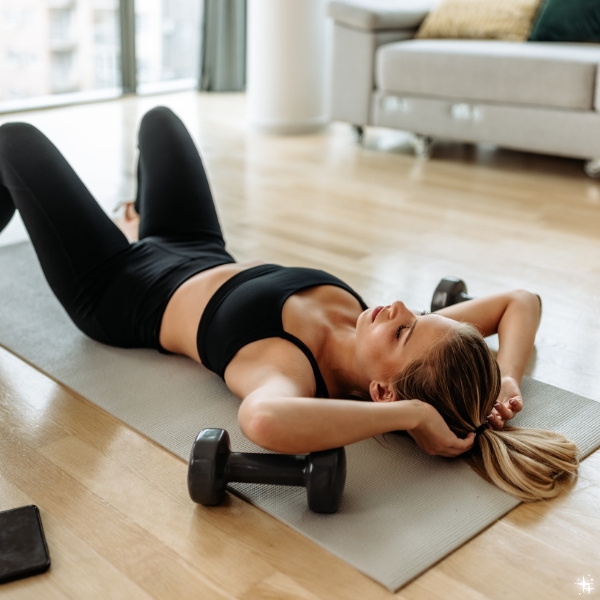Benefits of Breathing Exercises for Reducing Anxiety. Breathe Your Way to Calm: Benefits of Breathing Exercises for Anxiety. Calm Your Mind: The Anxiety-Reducing Benefits of Breathing Exercises.
Breathing exercises are a simple yet highly effective way to reduce anxiety and manage stress. Whether you’re a healthy adult or an older adult, slow breathing techniques like diaphragmatic and abdominal breathing can significantly impact your mental health. By practicing deep breathing, you can help calm your nervous system, lower your heart rate, and reduce the stress response in your body.
Research, including systematic reviews and studies, shows that these breathing techniques can be particularly beneficial for those with anxiety disorders and chronic stress. The beauty of breathing exercises is that they are free, easy to practice, and can be done anywhere, anytime—making them an ideal intervention for daily stress. Just a few minutes of focused breathwork can activate your vagal tone, bringing you back to a calm and relaxed state. These tiny habits, like taking deep breaths or practicing slow breathing, have the power to change the trajectory of your day, helping you navigate challenges with a clearer mind.
When practiced regularly, breathing exercises become a tool that you can rely on to reduce anxiety and improve your overall health. Guided breathing practices can also help you learn techniques that work best for you, making them a personalized intervention for your well-being. So, take a moment to breathe—your body and mind will thank you.
Benefits of Breathing Exercises for Reducing Anxiety
Why Breathing Exercises Help with Anxiety
- Breathing techniques slow your heart rate, signaling your body to relax.
- They lower cortisol levels, reducing physical signs of stress.
- Mindful breathing keeps you present, taking your focus away from anxious thoughts.
- Regular practice strengthens your ability to manage emotions over time.
Examples of Breathing Exercises
1. Box Breathing
- How to Do It:
- Inhale for 4 seconds.
- Hold your breath for 4 seconds.
- Exhale for 4 seconds.
- Hold your breath again for 4 seconds.
- Repeat 4-5 times.
- When to Use It: During moments of high stress, like before a big meeting or a challenging conversation.
2. 4-7-8 Breathing
- How to Do It:
- Inhale deeply through your nose for 4 seconds.
- Hold your breath for 7 seconds.
- Exhale slowly through your mouth for 8 seconds.
- Repeat 4-6 times.
- When to Use It: Before bed to calm your mind and prepare for sleep.
3. Diaphragmatic (Belly) Breathing
- How to Do It:
- Sit or lie down comfortably.
- Place one hand on your chest and the other on your belly.
- Inhale deeply through your nose, letting your belly rise.
- Exhale through your mouth, letting your belly fall.
- Repeat for 5 minutes.
- When to Use It: During breaks at work or when feeling overwhelmed.
4. Alternate Nostril Breathing
- How to Do It:
- Close your right nostril with your thumb.
- Inhale through your left nostril.
- Close your left nostril with your ring finger and exhale through your right nostril.
- Repeat for 2-3 minutes.
- When to Use It: After a stressful event to rebalance your mind and body.
How Often Should You Practice?
- Start with 5-10 minutes a day, gradually increasing to 20 minutes if time allows.
- Aim for 2-3 times daily: morning, mid-day, and evening.
- Consistency is key to reaping long-term benefits.
Incorporating Breathing Exercises Into Your Day
- Begin your morning with 5 minutes of deep breathing to set a calm tone for the day.
- Use a quick breathing exercise during lunch breaks to recharge.
- Pair breathing exercises with activities like stretching or journaling.
- Practice a calming technique before bed to improve sleep quality.
When and Where to Use These Exercises
- In a busy environment: Take a quick moment in the restroom or at your desk for a discreet breathing exercise.
- On the go: Use breathing techniques during your commute or while waiting in line.
- In the moment: When anxiety hits, take a few seconds to pause, breathe deeply, and refocus.
- At home: Create a dedicated space for relaxation and practice at the start or end of your day.
When to Expect Results
- Immediate effects: You’ll often feel calmer after just one session.
- Short-term benefits: Regular practice over a few days can reduce overall tension.
- Long-term results: Consistent breathing exercises over weeks can help you respond to stress more calmly and reduce anxiety levels.
Benefits of Breathing Exercises for Reducing Anxiety
Breathing exercises are an accessible, natural way to manage anxiety and improve your well-being. With a few minutes of daily practice, you can transform how you handle stress and enjoy a more centered, peaceful day. Breathe deeply and embrace the calm—you’ve got this!








